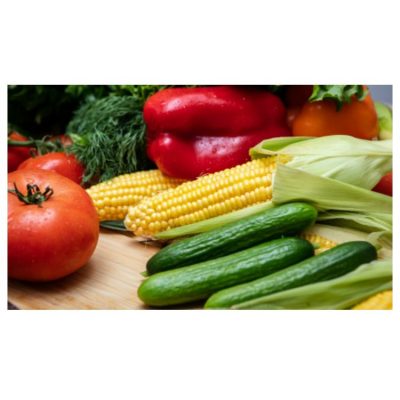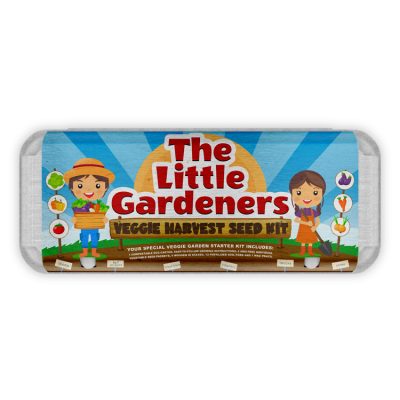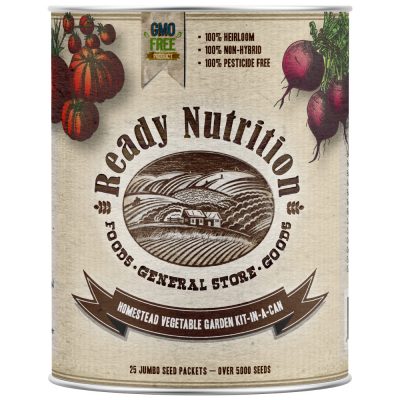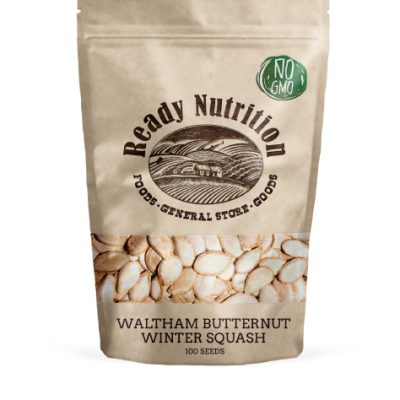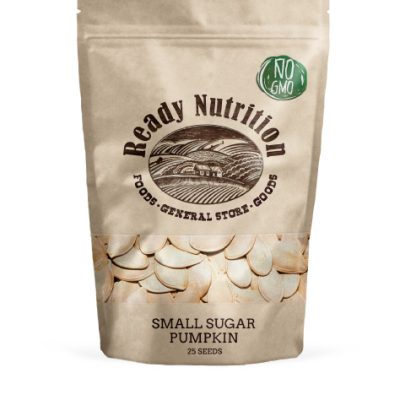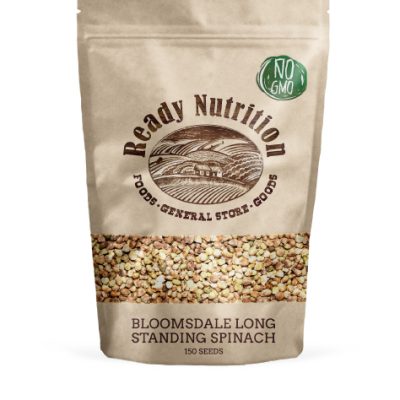
Hopefully, by now, you have gotten some of your fresh vegetables and enjoyed some and started your new fall garden. However, it’s August, and the end of growing season approaches, so there are 10 things you should do in your garden before the month is over!
Related: Fall Garden Guide: 15 Easy-To-Grow Vegetables
10 Things To Do In Your Garden in August
1. Divide Perennial Flowers
August is the best time to dig up and divide perennial flowers in your garden (such as hosta, Oriental poppy, lily, daylily, ornamental grasses, and bearded iris). Use a spade to lift the plant from the ground being careful to damage the root ball as little as possible. When the clump is out of the ground, use a large garden knife or spade to cut it into smaller pieces. Then, replant the smaller pieces or divisions as soon as possible. This will ensure these flowers come up in more places next year making your garden a pollinator’s paradise! Keep in mind that some perennial flowers such as bearded iris and ornamental grasses have a tendency to die out in the center. When you divide these perennials cut around the centers and toss the dead tissue on your compost pile.
2. Harvest and Divide Herbs
Although herbs can be harvested throughout the summer, the oils responsible for the most intense flavor and aroma are at their peak in late summer, just before the plant begins flower. Clip foliage in the early morning after the dew dries, but before the day heats up. One of the easiest ways to store herbs is to rinse them under cold water, chop them coarsely, and place them in water-filled ice cube trays. Then, simply place the trays in the freezer and pop out frozen herbs as you need them. You should stop pruning perennial herbs such as tarragon, lavender, sage, oregano, and thyme at least one month before your last expected frost. Pruning encourages new growth that won’t have time to harden before cold weather hits. If you’de like to divide some of your herbs, it’s easy enough to take a cutting, remove the leaves from the bottom few inches, and put it in water. Once it begins to root, plant it in a pot in some soil indoors. This way, you can have fresh herbs inside for much of the winter! This works exceptionally well with thyme and spearmint.
3.Plant Perennials and Shrubs
Late summer is a perfect time to plant perennials and flowering shrubs in many areas! If you are dividing herbs or other perennial flowers, August is a great time to do this! These plants will take root during the cool, moist fall weather and be ready to bloom and grow next spring and summer. Catnip is a good example of a flowering perennial that can be divided or planted in August. This plant is excellent for those with a garden and a cat! Remember keep your new plants well-watered if the weather in your zone is hot and dry. Mulching the beds will also help preserve the soil’s moisture. In northern states, cover new plantings with a protective blanket of straw or leaves to keep them a little warmer during their first winter. Wait until the ground freezes in late autumn before covering. Next spring, you should have some beautiful flowers and herbs!
4. Harvest Onions and Potatoes
Potatoes and onions will be ready for harvest as soon as the plants’ foliage turns brown and falls over. Carefully dig around each plant and lift the crop from the soil. After digging, use pruning shears to cut off the dead foliage. Then, move potatoes and onions to a shaded, well-ventilated location for a week to ten days to cure. Both potatoes and onions last longer in storage, so be sure you are storing them correctly. If potatoes are exposed to light, the stored potatoes will turn green and be unusable. Onions can be stored in mesh bags hung from the ceiling in a cool, dark room.
5. Repot Houseplants
One of my favorite things to do it repot a houseplant that has outgrown its pot! If you’ve given your houseplants a summer vacation outdoors, chances are they responded by with a lot of new growth and may need to be moved to a bigger pot. August is the perfect time to move them to a larger container. While doing this, you can also give them fresh potting soil. This gives the plants time to acclimate to their new housing before cool weather arrives in fall. One of the best ways to know if your plant is ready for transplanting is to check the drainage hole of the pot. If you find roots dangling out of the drainage hole it means your plant is becoming too large for its container. Select a new pot that’s slightly larger than the old one.
6. Weed, Weed, Weed!
It’s time to take on those weeds! Throughout the summer, you’ve likely been keeping up, as time allows with the weeding in your garden. But as fall approaches, removing as many weeds as possible will keep your garden in great shape for next year. Both annual and perennial weeds start to produce seeds that will germinate in your garden next spring, so remove what’s there now. If left unchecked, these pesky invaders (like thistles) become extremely difficult to eliminate. The best time to weed is right after a rain when the soil is still moist and you can pull the weeds out, root and all. If rainfall is scarce, irrigate your garden thoroughly the night before you plan to pull weeds. As soon as you have the weeds removed, cover the area with a thick mulch of compost, straw, leaves, or shredded bark.
7. Water Evergreens
If rainfall is scarce be sure to keep evergreen trees and shrubs hydrated, especially if these trees were recently planted. Newly planted evergreens are particularly susceptible to dry soil so make sure they get at least an inch of water a week until winter arrives. Plants such as yew and arborvitae never go completely dormant, so their roots should be slightly moist to help the plant survive drying winter winds, especially if you live in the North. If you start watering evergreens now, in August, they will have plenty of soil moisture around their roots before freezing temperatures make irrigation impossible.
8. Add Some Colorful Autumn Flowers
Give your flower border a late-summer burst of color by adding a generous helping of chrysanthemums. Available in an almost unlimited selection of colors, shapes, and flower forms, chrysanthemums go well with any garden decor. Plus, because they are sold in bud or bloom, they’ll add instant impact to pots, planters, or flower borders. Their nectar-rich flowers attract a variety of colorful pollinators including migrating Monarch butterflies. Mix single- and double-flowering varieties with asters, pansies, and other fall bloomers.
9. Replace Annual Flowers
By late summer, some annual flowers may look a bit worn out. Give your pots and planters a makeover by tucking in fresh, ready-to-bloom cool-season annual flowers that will keep the color show going through the fall. It’s simple! Just pull out dead or dying annuals, mix in some fresh soil, and drop in the replacement plant.
10. Cut Back On Fertilizer
Northern gardeners should stop feeding roses, trees, shrubs, and perennial flowers in August. Feeding your plants in the late summer and fall encourages new growth that probably won’t survive the winter. By cutting the fertilizer now, your plants will toughen up before freezing temperatures hit. Save that fertilizer for the spring when you want to encourage plant growth!
Enjoy your garden, and look forward to a new growing season in the spring! As fall approaches, it’s time to be grateful for the new beginnings we can look forward to occurring in our own yards!

